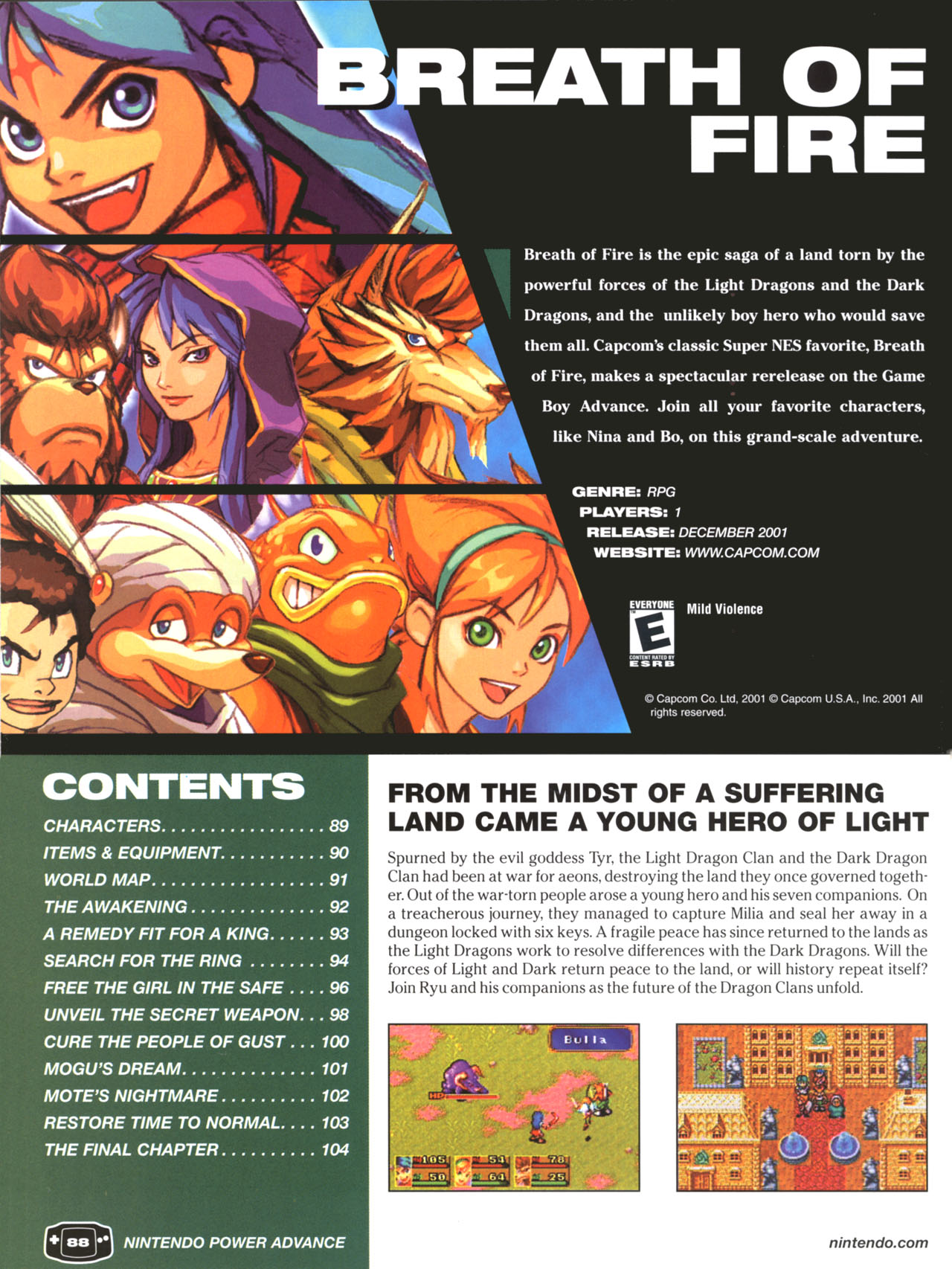It seems like third-party controllers used to be a bigger deal back in the 16-bit era than they are today. One of those reasons is Street Fighter II. That game single-handedly created a new market for controllers. Don’t get me wrong, 3rd party controllers go back to at least the Atari 2600 and continue to exist to this day but I don’t think there was ever more variety in style, function or manufacturer than during the 16-bit era.
When the Sega Genesis was first introduced, it came with a three button controller. Only a minor upgrade from the two button controllers of the NES and SMS eras. The Super Nintendo came along a few years later and had more buttons but in an odd…for the time…configuration in which there were four buttons where you expect buttons to be and two shoulder buttons. There were other controllers available and people tended to buy these because they were cheaper or because they had extra features like auto-fire. There were also arcade stick style controllers for those that preferred them. This was pretty much the state of 16-bit controllers until Street Fighter II came along.
The Street Fighter II arcade game featured six-buttons, all of which were really critical for game play. The popularity of Street Fighter II cannot be overstated. In an era when arcades were already dying, this game brought new life. When home conversions came along, it was a big deal how close they came to the arcade original. One thing was missing though and that was a controller with enough buttons. The SNES controller had enough of course but they were in an awkward layout for this game. However, this problem was quickly remedied by the introduction of a variety of 3rd party controllers with the appropriate number of buttons.
Capcom, the creator of Street Fighter II, sold their own brand of controllers. If you are cynical enough, you might even think they created a successful game that needed six buttons just so they could also sell millions of controllers. This particular ad is for the Capcom Fighter Power Stick GS. That sure is a mouthful. In addition to having the appropriate number of buttons in a similar layout to the arcade version of Street Fighter II, it also added features like slow motion and turbo. I believe this particular controller was available for both the Sega Genesis and Super Nintendo though I’m not sure if any other systems (or the PC) had this controller available. If not, there were a variety of similar ones.
These controllers tended to be rather expensive. This ad doesn’t mention a price but somewhere around $70 wouldn’t surprise me. And that was even more money in the early 1990s than it is today. However, if you were a fighting game aficionado, whether Street Fighter II or any of the multitude of fighting games it spawned, then this style controller was really a must have. I never used this one but since it is by Capcom and hence virtually the official Street Fighter II controller, it has to be great, right? Until you snap off the stick in a rage anyway…








